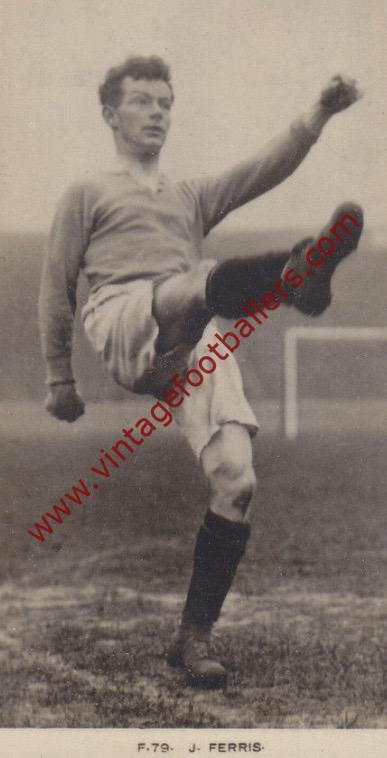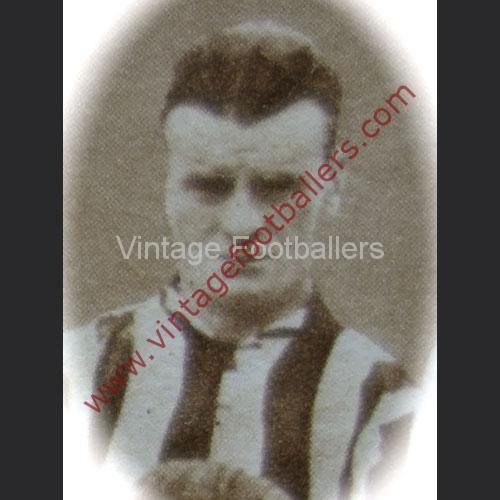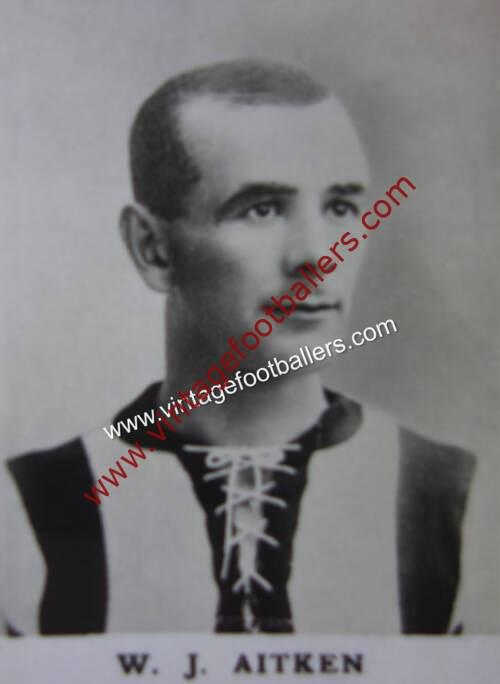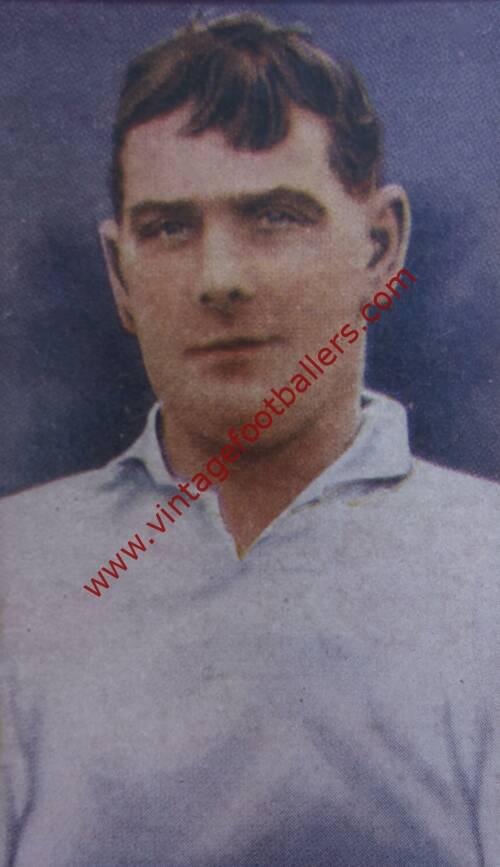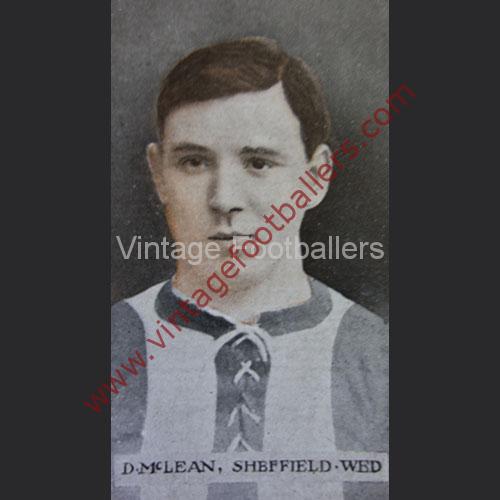Please choose your photo size from the drop down menu below.
If you wish your photo to be framed please select Yes.
Note: 16″x 20″not available in a frame.
Images can also be added to accessories. To order please follow these links
£8.95 – £49.95
Please choose your photo size from the drop down menu below.
If you wish your photo to be framed please select Yes.
Note: 16″x 20″not available in a frame.
Images can also be added to accessories. To order please follow these links
Belfast born winger and inside forward Jimmy Ferris began his senior footballing career with Distillery during the Great War, making his debut in January 1915. In his first season he won a County Antrim Shield winner’s medal, and the following season he scored the only goal of the Charities Cup Final against Linfield. Signed by Belfast Celtic in 1917, he went on to even greater honours, helping take the Irish Cup to Paradise for the first time in his first season, and claiming the League title the following year.
At Paradise, Ferris also claimed his first major representative honours, Ireland including him in the International Championship match against England in October 1919. After England had taken a first minute lead at Windsor Park, Ferris scored a 70th minute equaliser in what was their first post-War meeting. The following month he represented the Irish League for the first time, in a 2-2 draw against the Football League at Anfield.
Ferris’ goal in a 1-1 draw at Glenavon on 15th May 1920 was to be the last scored by Belfast Celtic in senior football for four years, as the club resigned from the Irish League in protest at their percieved harsh treatment by the football authorities. Their star players were scattered to the four winds, and Ferris signed for First Division Chelsea that September, immediately making his Football League debut at Bolton Wanderers. His reputation had preceded him, but stories of the play that had been exciting Irish League crowds for years seemed to weigh heavy, and Ferris never settled in London. He did win two further caps while at Stamford Bridge, taking his total to four, before signing for Preston North End in March 1922 after 9 goals in 39 appearances.
At Deepdale Ferris was only marginally more settled than at the Bridge, and he lasted a little over two seasons scoring 11 goals in 56 appearances as Preston struggled to maintain their First Division status. By the start of the 1924-25 season he had dropped down to the Southern League (Welsh Section) where he played two games for Pontypridd before returning to Belfast. Celtic welcomed him back with open arms in October 1924, and he was soon back on the trophy trail – winning further Irish League and Irish Cup titles – and back in the Ireland and Irish League teams.
Described as “the neatest and daintiest footballer in the city” and a “brilliant schemer who makes golden opportunities for his partners” by the Irish News in 1925, Ferris was also a very ‘clever’ player. In the 1926 Irish Cup Final against Linfield, Celtic forward Sammy Curran was seeing little of the ball due to the close attentions of the Blues’ centre-half Barney Moorhead. Ferris is reported to have siddled up to Moorhead, hitting him a “fearful kick”. Moorhead then went after Ferris for the rest of the game seeking revenge, and leaving Curran free to score all three goals in a 3-2 win.
February 1928 saw Ferris win his final two Irish caps, and at last he featured in a winning side, against Scotland at Firhill Park, Glasgow. Once again it was Sammy Curran who benefited from Ferris’ effective play from inside-left. Diagnosed with a heart condition in 1930, Ferris was forced to hang up his boots. He remained at Celtic Park in a scouting capacity, and is widely credited as bringing Davy ‘Boy’ Martin to the club.
Jimmy Ferris died in 1932, aged just 37. He never had a chance to see his son, Ray, follow in his footsteps as an Ireland international.
| Weight | N/A |
|---|
